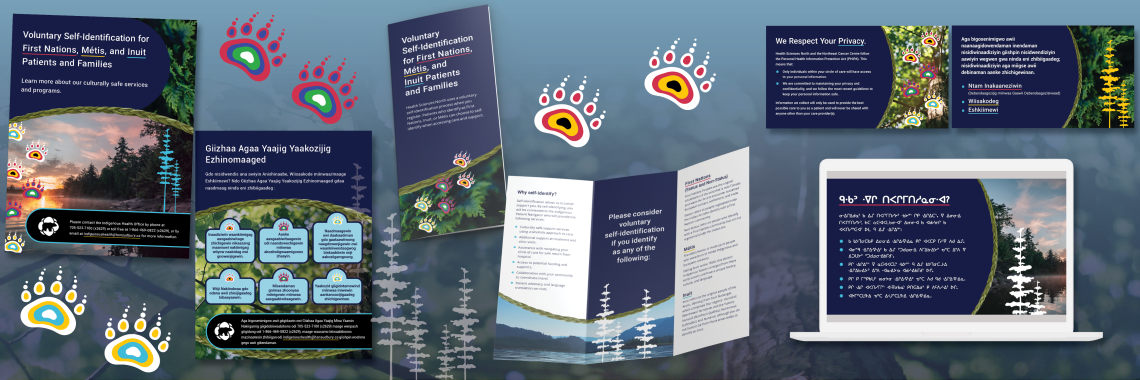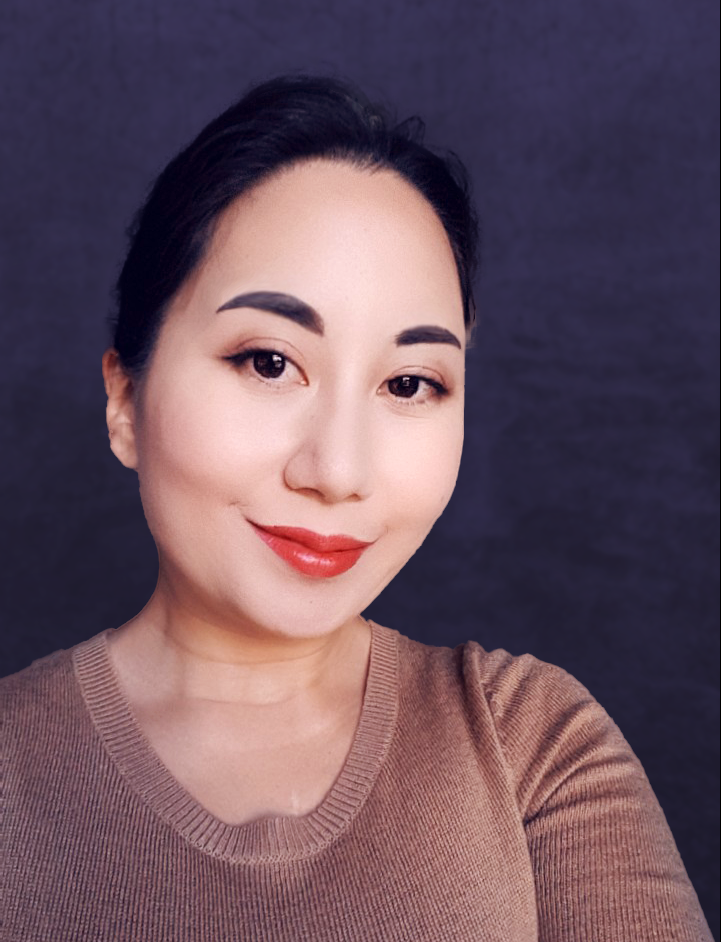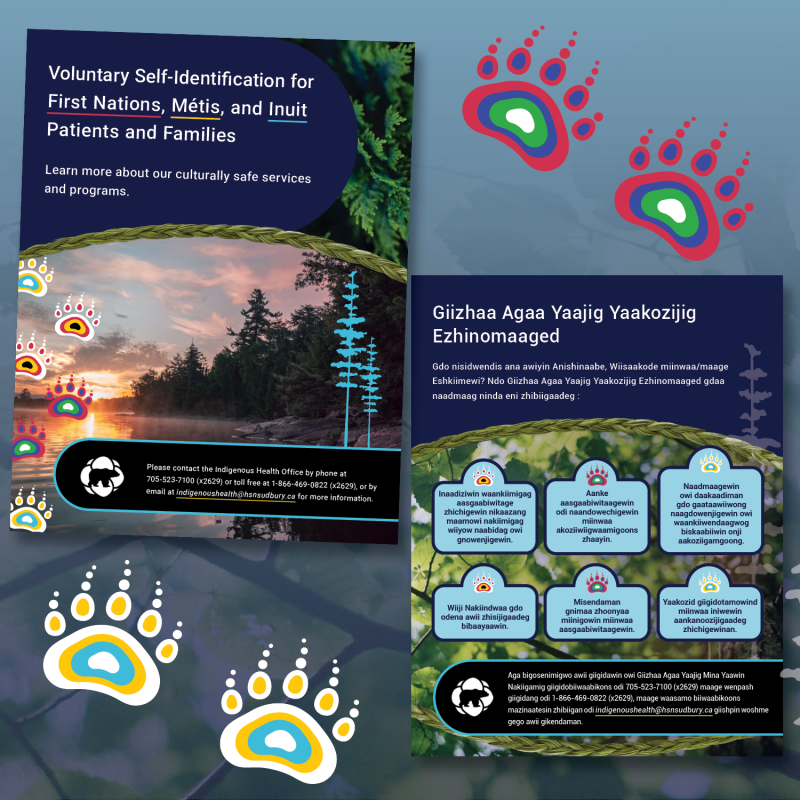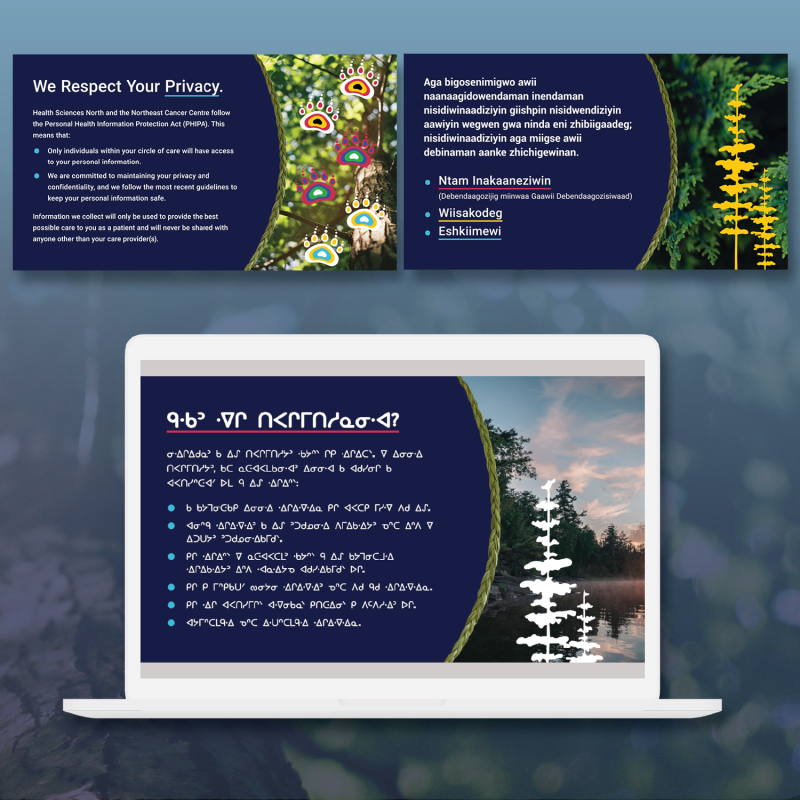Fostering Cultural Inclusivity: A Conversation with Lisa Baer-Tsarfati of Design de Plume
In today’s diverse and interconnected world, effective communication and cultural sensitivity are paramount in any marketing strategy. One company that excels in this field is Design de Plume, an Indigenous-owned and women-led agency. Their approach to creating meaningful, inclusive messages has earned them a reputation for excellence. In a recent conversation with Lisa Baer-Tsarfati, anti-racism and inclusion advocate, researcher, and writer as well as a key figure in Design de Plume, we explored how the company collaborates with companies like wintranslation to create campaigns in line with their values and up to their high standards.
wintranslation: Can you share with us some unique approaches that Design de Plume takes in crafting messages and marketing strategies for their clients?
Lisa Baer-Tsarfati: Design de Plume operates according to a few interconnected lenses, primarily focusing on Indigeneity, inclusivity, diversity, equity, accessibility, and sustainability in all our work. As an Indigenous-owned and women-led agency, we are guided by our experiences as people of color and as women-identifying individuals. In fact, the majority of our staff, about 60 to 70 percent, are individuals from diverse backgrounds, and nearly all of our team members are women-identifying. This diversity is at the heart of our approach. Our commitment to listening and collaboration is a cornerstone of our strategy. We’re just as driven by our curiosity as we are by our expertise. Continuously learning about accessibility, decolonization, racial justice, queer theory, gender equity, and intersectional and inclusive communications helps us build stronger and more strategic marketing and communication solutions for our clients.
wintranslation: Your emphasis on including Indigenous languages and paying special attention to cultural inclusivity is at the core of the company. Do you have an established process of ensuring accurate and culturally sensitive messages, especially for languages deeply tied to culture?
LBT: Our primary focus is on incorporating Indigenous languages into our client materials, especially for self-identification campaigns for healthcare providers and government agencies. For example, we worked on a campaign for Health Sciences North in 2022, encouraging Indigenous patients to self-identify for specialized support and access to traditional healing services. Wintranslation translated the messaging into Ojibwe, Swampy Cree, and French, and we designed the materials to include motifs that represented traditional medicines like sweetgrass or protector figures like the bear in order to make the hospital setting more culturally welcoming and familiar to Indigenous patients.
Fostering cultural inclusivity is at the core of what we do. We make sure that our designs and translations are not only respectful but also engaging to the intended audience. We don’t simply add Indigenous elements as an afterthought. Instead, we collaborate with Indigenous communities to gain insight into their values, history, and aspirations. This approach ensures that our materials reflect the richness of Indigenous cultures and resonate with the intended audience. It’s a two-way process, and it’s all about building relationships and understanding.

wintranslation: How does Design de Plume navigate the challenges of maintaining authenticity and cultural respect when adapting marketing materials from English to Indigenous languages?
LBT: We aim to address this issue from the beginning of a project, especially when working with Indigenous audiences. We try to educate our clients about the importance of accuracy and cultural sensitivity in translations. For instance, we emphasize that there’s no one-size-fits-all solution for Indigenous languages. We have to consider different dialects and the cultural nuances tied to each language, each cultural tradition. Sometimes, we have to find a compromise with clients who may not fully understand the complexity of these languages. We provide resources and guidance to the extent they are willing to learn. It’s a balance between advising them and respecting their decisions.
Educating clients about these nuances can be a delicate task. It involves making them aware of the complexities while finding solutions that align with their objectives and resources.
wintranslation: How does Design de Plume collaborate with translation companies like wintranslation to ensure accurate and culturally sensitive translations for your clients in the nonprofit and government sectors?
LBT: Collaboration with translation companies is crucial to us, particularly those specializing in Indigenous languages and cultures. First and foremost, we prioritize working with translators of Indigenous languages who are themselves Indigenous individuals. This, to us, is an act of reconciliation in and of itself.
Indigenous languages are profoundly complex and intrinsically tied to the cultures they represent. Collaborating with a translation company like wintranslation, which has a wide network and trusted relationships with Indigenous translators, allows us to build relationships with these experts without needing to establish our network from scratch. This partnership has yielded excellent results on the projects we’ve worked on together, ensuring both accuracy and cultural sensitivity.
wintranslation: Could you provide an example of a successful collaboration between Design de Plume, wintranslation, and a nonprofit organization or government agency where your combined efforts had a significant positive effect?
LBT: Absolutely, I can share a noteworthy example. We worked with a government agency on a project which, for confidentiality reasons, I can’t name. In this project, we developed messaging that needed to be translated into Inuktitut, Plains Cree, and Ojibwe languages, among others. The tight timeline for this project was a considerable challenge (and our biggest concern) yet wintranslation was delivered remarkably. Not only did you meet our stringent deadlines, but the quality of the translations was exceptional.
The government agency expressed tremendous satisfaction and emphasized the positive impact of our collaborative efforts. It was a great project in terms of results and a fantastic collaborative experience overall.
wintranslation: Your advice to center Indigenous experiences in messaging is profound. Can you elaborate on why it’s crucial, and how can organizations do this effectively?
LBT: The key is to shift the focus away from the organization’s agenda and instead focus on celebrating the strengths and resilience of Indigenous communities, becoming a witness to their achievements.
Centering Indigenous experiences in messaging is vital for fostering authenticity and cultural inclusivity. Aim to make Indigenous communities the focus of their narratives, allowing them to shine and celebrate their accomplishments.
To achieve this effectively, engage in active listening and collaboration with Indigenous communities. The key is to let the communities’ stories guide the message. By embracing and respecting Indigenous perspectives, organizations can create messages that will resonate meaningfully with Indigenous Peoples.



